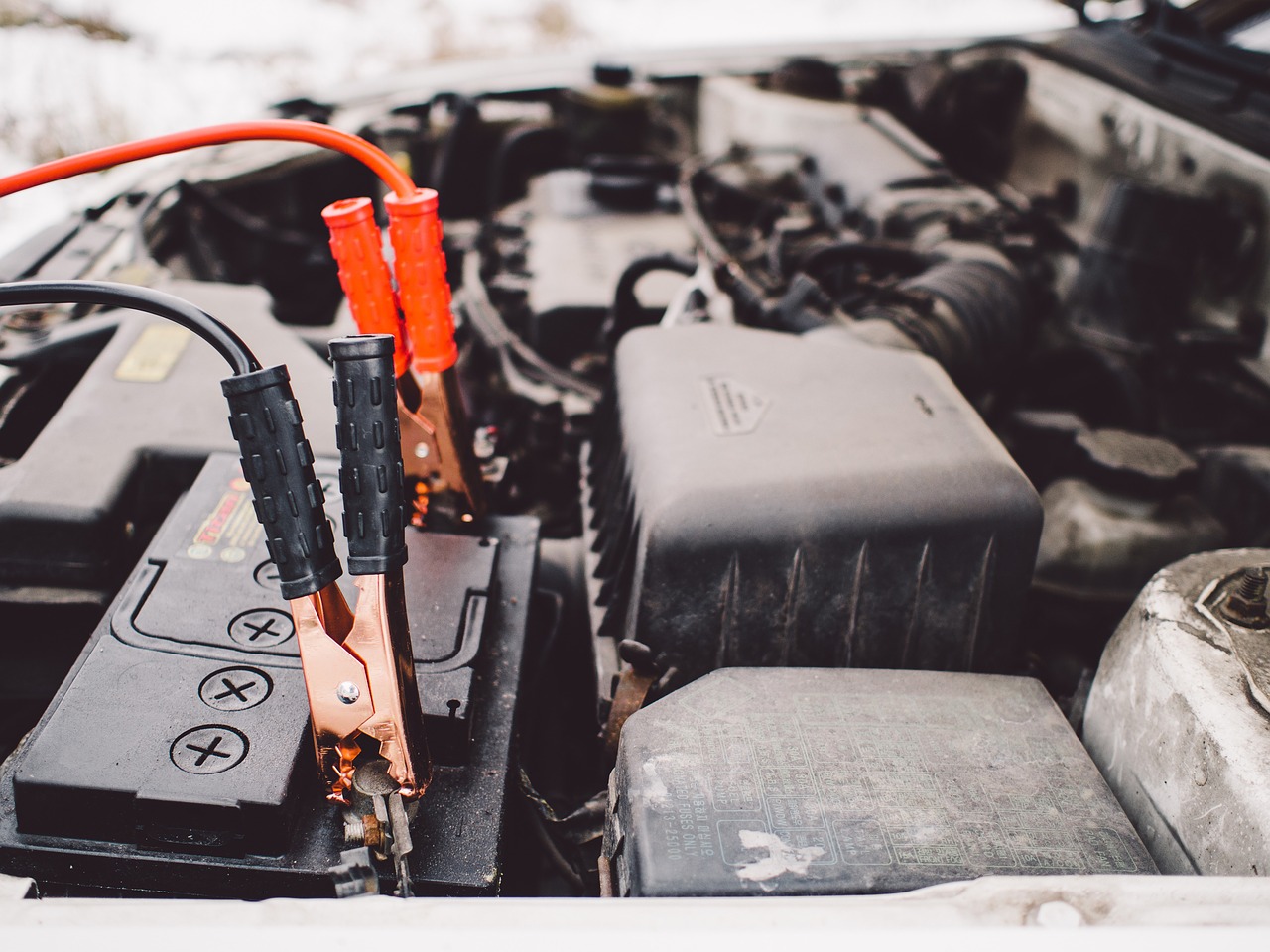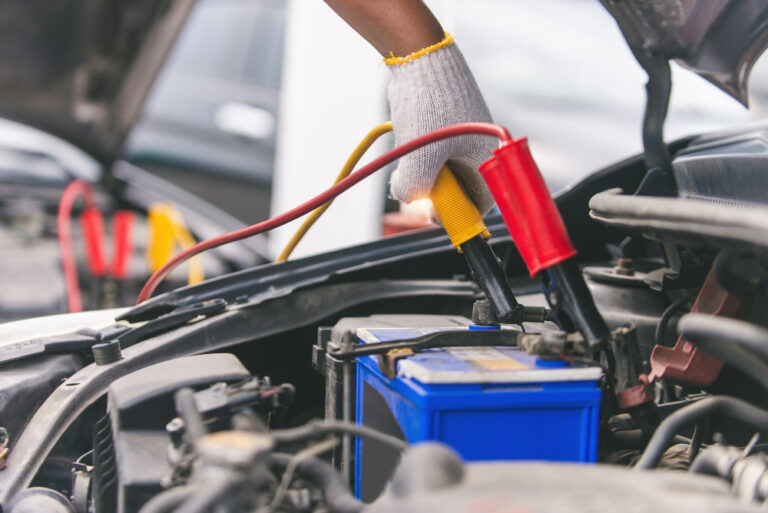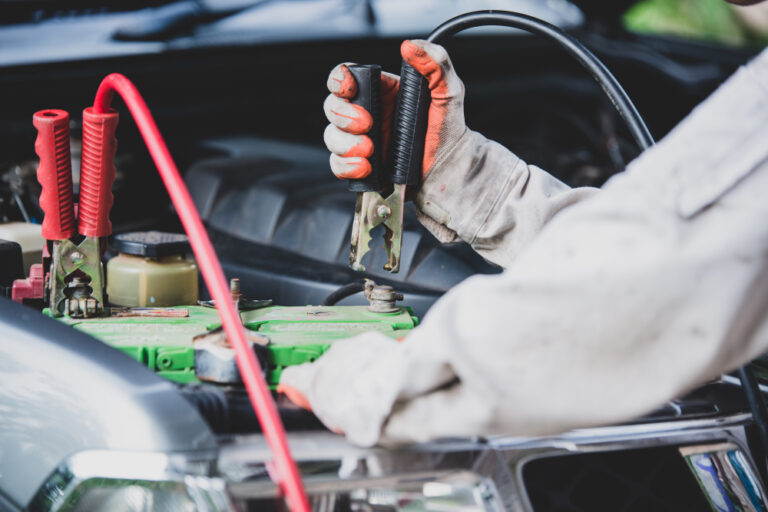So, you love winters? But we are sure that your car’s battery doesn’t. Extreme cold makes your battery show some true signs of ageing. There is nothing more frustrating than a dead car battery in a cold weather. To put that smile back on your face, we have devised a guide to quickly jump start a discharged car battery.
The standard lead acid batteries have a life of 5 years but under extreme temperature (say around -20 degrees Celsius) your battery can die in a couple of years. The good thing here is, with the right equipment and knowledge you can prevent being stranded out there. In a matter of minutes you can jump start the dead battery and reach a mechanic to for a proper checkup.
Below is a step-by-step guide to jump start a discharged battery.
1- The Donor Car
Park the donor car close to the effected vehicle. They should be parked close but not touching; a distance of 3 – 4 feet is usually considered safe. Make sure that the engine of the donor vehicle is not running as this could cause some serious electrical damage to both the cars.
2- Connecting The Terminals
Open the hoods and locate the battery terminals. A plastic cap mostly covers them. When you remove the cap, clean off any excess corrosion on the terminals. If the battery is leaking or damaged, don’t try to jump start it as this can result in sparks and sometimes even fire.
We advise our readers to use heavy-duty booster cables (2 or 4 gauge recommended). Now connect in the following order. Connect the positive end of the cable to the positive end of the effected battery and the other positive end to the positive of the donor battery.
Next up, connect the negative end of the booster cable to the negative terminal of the donor battery and the other end to a bare metal part located anywhere on the engine of the dead car. Make sure that you do this last connection with utmost of care – as far from the battery as possible and away from moving belts of the engine. For safety, if possible – wear gloves, masks, etc.
3- Power Up
Once you’re done with the connection, wait for a few minutes for voltage to transfer from good battery to the dead one (3 – 4 minutes). Turn all the lights of the dead car off and start it up. If there isn’t any mechanical fault and the donor battery is fine, your vehicle should start up without ant problems.
4- Removing the Cables
While keeping the engine on, remove the cables in the reverse order. Negative off the effected car, negative off the donor car and then positive off the donor car and finally positive off the effected car.
Conclusion:
Keep the effected car running idle for 10 – 15 minutes before driving off. This would partially charge the battery, storing enough power to help you reach your destination. It is also advised that you don’t turn off the engine before reaching the destination and get the battery checked by a professional as soon as possible.
Until next time…keep it charged up and running 🙂



